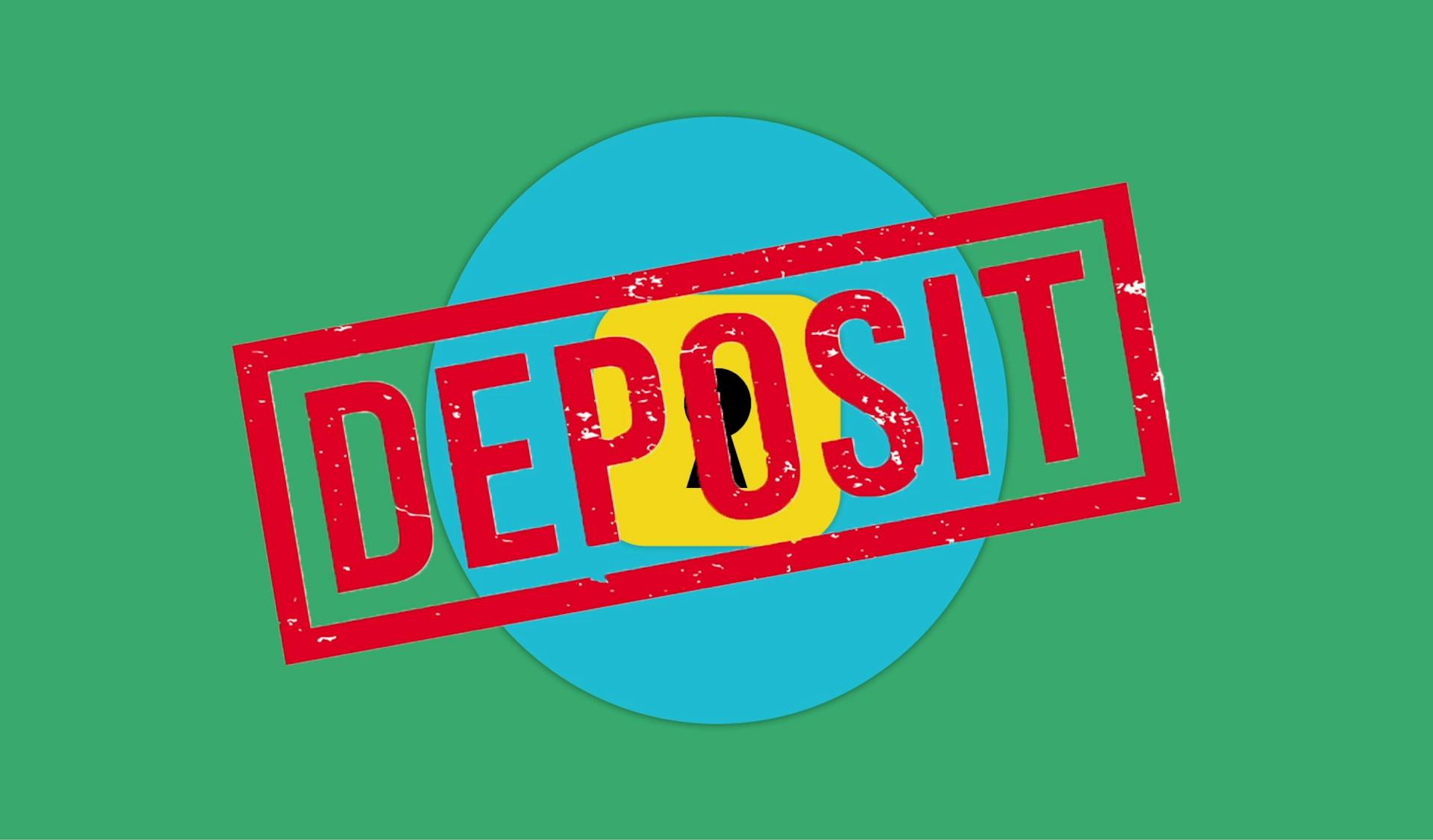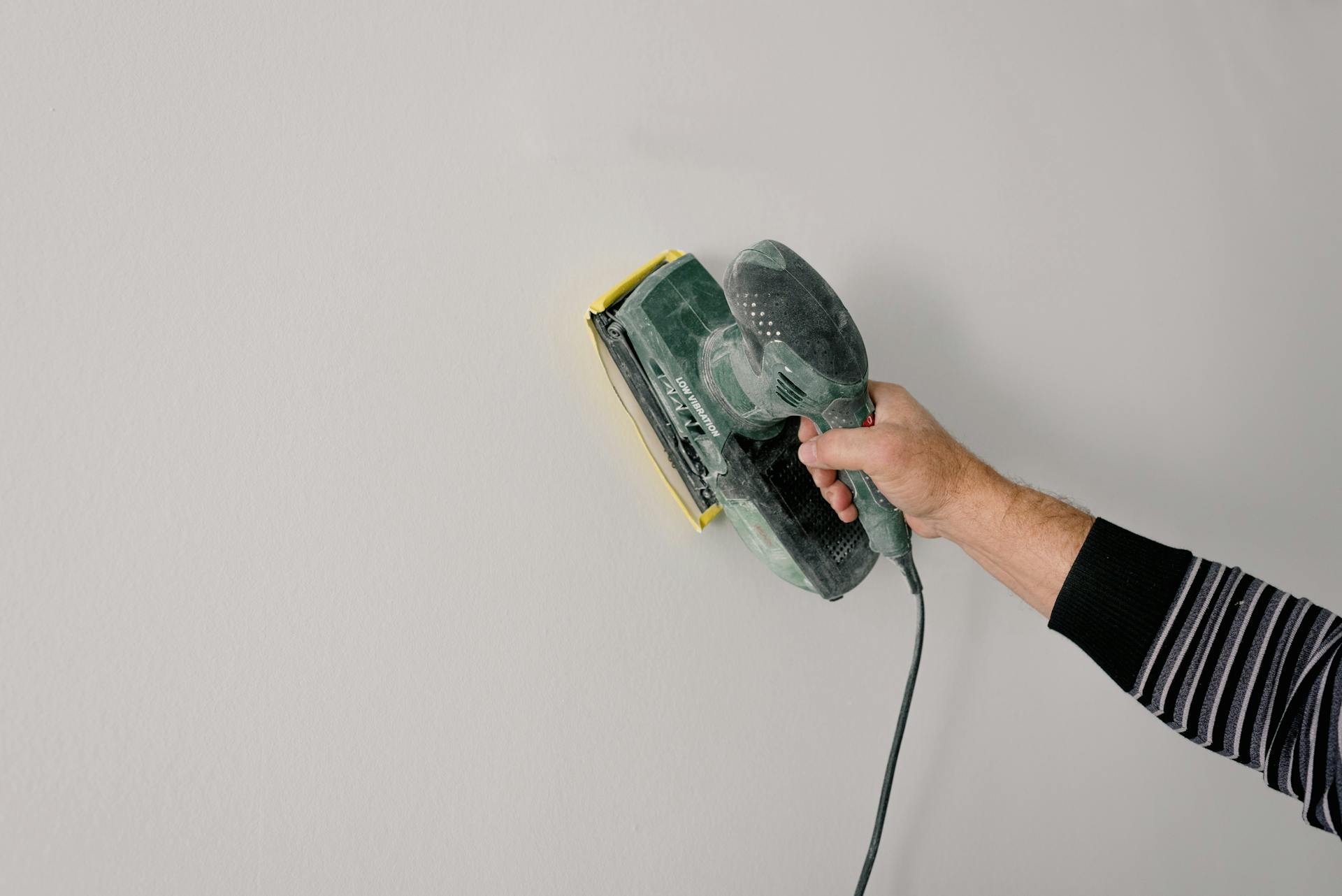
A Home Equity Loan (HELOC) can be a great way to tap into your home's equity, but understanding the tax implications is crucial. The IRS requires lenders to send a 1098 form to borrowers by January 31st of each year.
This form reports the interest paid on your HELOC, which can be used as a tax deduction. The amount of interest reported on the 1098 form is the amount you can claim as a deduction on your tax return.
Recommended read: Heloc Loan Limits
Tax Benefits of HELOC
You can deduct interest paid on home equity loans if they're used to "buy, build or substantially improve a taxpayer's home that secures the loan", according to the IRS under Publication 936.
The interest on a home equity loan or HELOC may be tax deductible if it was secured by a taxpayer's principal home and/or second home, and the funds were used to acquire, construct, or substantially improve a home.
To qualify for the tax deduction, you must itemize deductions and keep receipts and invoices from all of your qualifying home equity loan expenditures.
The standard deduction for the 2020 tax year is $24,800 for married couples filing jointly, $12,400 for single filers or married people filing separately, and $18,650 for head of household.
If your deductible expenses, including the second mortgage interest payments, is higher than the standard deduction, it may be worth claiming the tax deduction.
You can reduce the taxable gain on the sale of your home by including the improvements in the cost basis of the house, especially if you've lived in your house for many years and area housing prices have been going up.
You may be able to write off part of your home's adjusted basis through depreciation if you operate a business from your home or rent a portion of your home out to someone.
Here are the steps to calculate your HELOC interest tax deduction:
- Keep receipts and invoices from all of your qualifying home equity loan expenditures
- Receive a form 1098 from your mortgage and home equity loan lenders
- Itemize deductions on your tax return
- Use IRS Publication 936 for additional information and help in understanding home mortgage interest deduction
Calculating HELOC Tax Deduction
To calculate your HELOC interest tax deduction, you'll need to gather all the necessary documentation of your qualified HELOC-funded expenses and activities. This includes receipts of all materials, labor, and other costs incurred to renovate the property, contractor contracts, and any other documentation that shows the intended use of the funds.
Your monthly HELOC statements will provide a detailed breakdown of the total interest paid over a given period. For example, if you took out a HELOC in June of 2020 and paid interest on it for the rest of the year, your statement will show the amount of interest paid for the entire year.
You can also use the Mortgage Interest Statement Form (Form 1098) provided by your home equity loan lender to determine the total amount of interest paid during the previous tax year. If you don't receive this form from your lender, you should contact them.
- Form 1098: Provided by your home equity loan lender, showing the total amount of interest paid during the previous tax year.
- Statement for additional paid interest: If you paid more home equity loan interest than what's shown on your Form 1098, you'll need to write the additional interest amount paid and explain the discrepancy.
- Proof of how home equity funds were used: These receipts and invoices will show expenses that significantly improved the value, durability, or adaptiveness of your home.
Note that your deductible expenses should add up to more than the amount of the standard deduction for the current tax year, which is $24,800 for married couples filing jointly, $12,400 for single filers or married people filing separately, and $18,650 for head of household.
How to Calculate HELOC Tax Deduction
To calculate your HELOC tax deduction, you'll need to gather certain documents from your lender. The Mortgage Interest Statement Form (Form 1098) is a crucial one, showing the total amount of interest paid during the previous tax year. If you don't receive this form from your lender, you should contact them.
You'll also need to keep receipts and invoices that show expenses for materials, labor fees, and home improvement permits, as these will demonstrate how you used the home equity funds. These documents will serve as proof of how the funds were used.
To calculate the actual deduction, you can use the information from the Mortgage Interest Statement Form (Form 1098) and the proof of how home equity funds were used. The IRS under Publication 936, called the “Home Mortgage-Interest Deduction,” allows you to deduct interest paid on home equity loans if they’re used to “buy, build or substantially improve a taxpayer’s home that secures the loan.”
Here are the key documents you'll need to calculate your HELOC tax deduction:
- Mortgage Interest Statement Form (Form 1098)
- Statement for additional paid interest
- Proof of how home equity funds were used (receipts and invoices)
Calculate Total Mortgage Paid
Calculating the total mortgage interest paid is a crucial step in determining your HELOC tax deduction. Your monthly HELOC statements will provide a detailed breakdown of the total interest paid over a given period.
Your lender will also send you a Form 1098 each year that outlines the amount of loan interest you paid for tax purposes. This form is a valuable resource for calculating your total mortgage interest paid.
To get an accurate picture, make sure to gather all necessary documentation of your qualified HELOC-funded expenses and activities. This will help you identify the total amount of interest paid on your loan.
Your lender should provide a detailed breakdown of the total interest paid over a given period, which can be found on your monthly HELOC statements.
A fresh viewpoint: Heloc on Paid off House
Deducting Home Equity Loan Amount
You'll receive a form 1098 from your mortgage and home equity loan lenders in January, which will provide the amount of interest you paid on your loans for the previous year.
To take advantage of the tax break, you need to itemize deductions. Keep receipts and invoices from all of your qualifying home equity loan expenditures.
The interest on a home equity loan or HELOC may be tax deductible if it was secured by a taxpayer's principal home and/or second home, and the funds were used to acquire, construct, or substantially improve a home.
You can use IRS Publication 936 for additional information and help in understanding home mortgage interest deduction.
If you still have questions or want to know whether or not the interest on a particular home equity loan expense will be tax-deductible, you should speak to your tax advisor.
Here are the standard deduction amounts for the 2020 tax year:
Before the TCJA of 2017, all home equity loans were tax-deductible, no matter what.
HELOC Transaction and Record Keeping
Keeping accurate records of your HELOC transactions is crucial for tax purposes. You'll want to gather receipts and invoices documenting home improvement costs, including materials and labor expenses.

Your bank statements will provide a detailed breakdown of the interest paid on your loan. This information will be essential for calculating your total mortgage interest paid.
Maintaining a record of all payments made on your HELOC is also vital. This will help you prove your deductions if the IRS ever questions them.
Your lender should send you a Form 1098 each year that outlines the amount of loan interest you paid for tax purposes. This form will make it easier to calculate your total mortgage interest paid.
A unique perspective: When Will Chase Offer Heloc Again
Tax Forms and Documents
To qualify for the HELOC interest tax deduction, you'll need to provide specific tax forms and documents to the IRS. This includes the Mortgage Interest Statement Form (Form 1098), which your home equity loan lender should provide.
You'll need to receive this form from your lender, so don't hesitate to contact them if you don't receive it. If you paid more home equity loan interest than what's shown on your Form 1098, you'll need to write the additional interest amount paid and explain the discrepancy.
Related reading: What Is a Heloc Lender
To prove how you used the home equity funds, you'll need to gather receipts and invoices that show expenses that significantly improved the value, durability, or adaptiveness of your home. These expenses can include costs for materials, labor fees, and home improvement permits.
Here's a list of the tax forms and documents you'll need to provide:
- Mortgage Interest Statement Form (Form 1098)
- Statement for additional paid interest (if applicable)
- Proof of how home equity funds were used (receipts and invoices)
Writing Off Home Improvements
The IRS defines this under Publication 936, called the "Home Mortgage-Interest Deduction." Many renovations where homeowners are using a home equity loan or HELOC meet this requirement. The home mortgage-interest deduction is a common deduction that will deduct interest from a primary or secondary mortgage (home equity loan) off of your taxes.
The Tax Cuts and Jobs Act (TCJA) changed the rules for deducting interest on a HELOC. If your home equity loan or HELOC was opened before the TCJA, you can deduct mortgage interest on loans up to $1 million. This includes first and second mortgage loans on a primary or second home.
For another approach, see: Heloc on Primary Residence
For home equity loans or HELOCs opened after the TCJA, these loans are subject to the TCJA limits of $750,000 in total mortgage debt. This includes loans on a first or second home. If you're filing separately as a married taxpayer, you can only deduct interest on loans up to $375,000.
Here are the key points to keep in mind:
- If your home equity loan or HELOC was opened before the TCJA, you can deduct mortgage interest on loans up to $1 million (or $750,000 if filing separately).
- If your home equity loan or HELOC was opened after the TCJA, you can deduct mortgage interest on loans up to $750,000 (or $375,000 if filing separately).
- You can deduct interest on both loans if you borrowed money for your primary residence and then borrowed more for a vacation home, as long as the total mortgage debt is within the allowed limits.
To write off home improvements, you'll need to keep track of your expenses. Make a folder to save all your receipts and records for home improvements. This will help you determine if your home improvement loan is tax deductible.
Key Takeaways
To understand the tax implications of a Home Equity Line of Credit (HELOC), here are some key takeaways:
You can deduct the interest on your HELOC if you use the funds for renovations to your home, but only if you've actually spent the money on the property.
The money must be spent on the property for which the equity is the source of the loan to be deductible.
The total amount of residential loans, including mortgages and HELOCs, that you can deduct interest on is capped at $750,000, or $375,000 if you're a married taxpayer filing separately.
Older mortgages may be covered under the previous $1 million limit, or $500,000 for a married taxpayer filing separately.
Here's an interesting read: Purchase Money Heloc
Frequently Asked Questions
Will my property taxes go up if I get a HELOC?
No, taking out a HELOC won't directly increase your property taxes. However, home improvements made with the funds could potentially boost your property value and lead to higher taxes.
Featured Images: pexels.com


